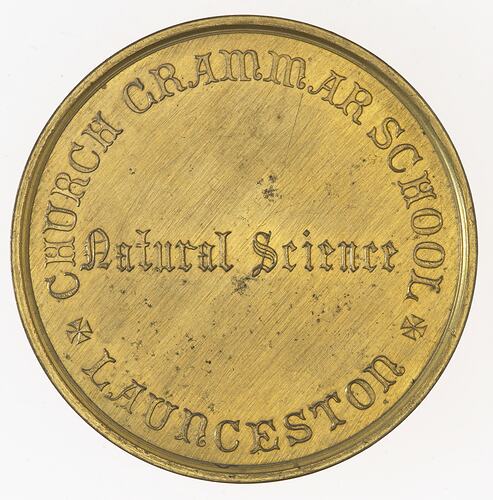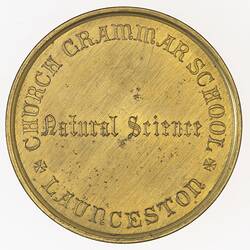Launceston Church Grammar School was founded on 15 June 1846. Reverend Henry Plow-Kane was chosen as its founding Headmaster. The School began in temporary premises on the south-east corner of George and Elizabeth Streets, but soon after began construction on the site immediately behind St John's Church, the start of an enduring and close relationship between St John's Church and the School.
The School opened with 24 boys of varying ages, at a time when Launceston was described as 'a small town with a population of about 8000 people and the town was little more than a scattered village'.It grew in the ensuing years and, in 1896, celebrated its 50th year under the Headmasters Wilkinson and Gillett with a Jubilee Service at St John's and a grand ceremony in the Albert Hall.
By 1920 the School had outgrown its site. After three years of planning the School moved from Elizabeth Street to a new 25 acre site on Stephensons' Farm in Mowbray - purchased for 2,000 pounds. The move was supervised by the ninth Headmaster, The Reverend John Walter Bethune. During World War II the school was affected by loss: Headmaster Capt. N. Roff was amongst those killed in action.
The School celebrated its centenary in 1946 under Headmaster Vernon-Jones, by which time it had built its own chapel.
It became co-educational in 1972, although 100 years before, in 1872, Edith Savigny and Mary Archer both attended the school for several years. In 1899, the enrolment was recorded as 150 boys and one girl: Joyce Wilkinson. In 1921, Charlie Irvine, daughter of the Matron, Mrs Irvine, also attended the School.
In 1981 Grammar amalgamated with the Broadland House Church of England Girls' Grammar School.
Today Launceston Church Grammar School is the oldest continuously operating school in Australia, and is known for its academic achievements.
References:
Launceston Church Gammar School web site http://www.lcgs.tas.edu.au/senior/history.php and http://www.lcgs.tas.edu.au/overview/index.php, accessed 17 Nov 2003
More Information
-
Keywords
-
Localities
-
Authors
-
Article types

